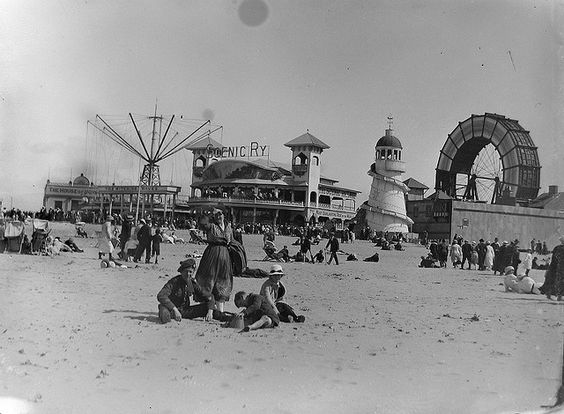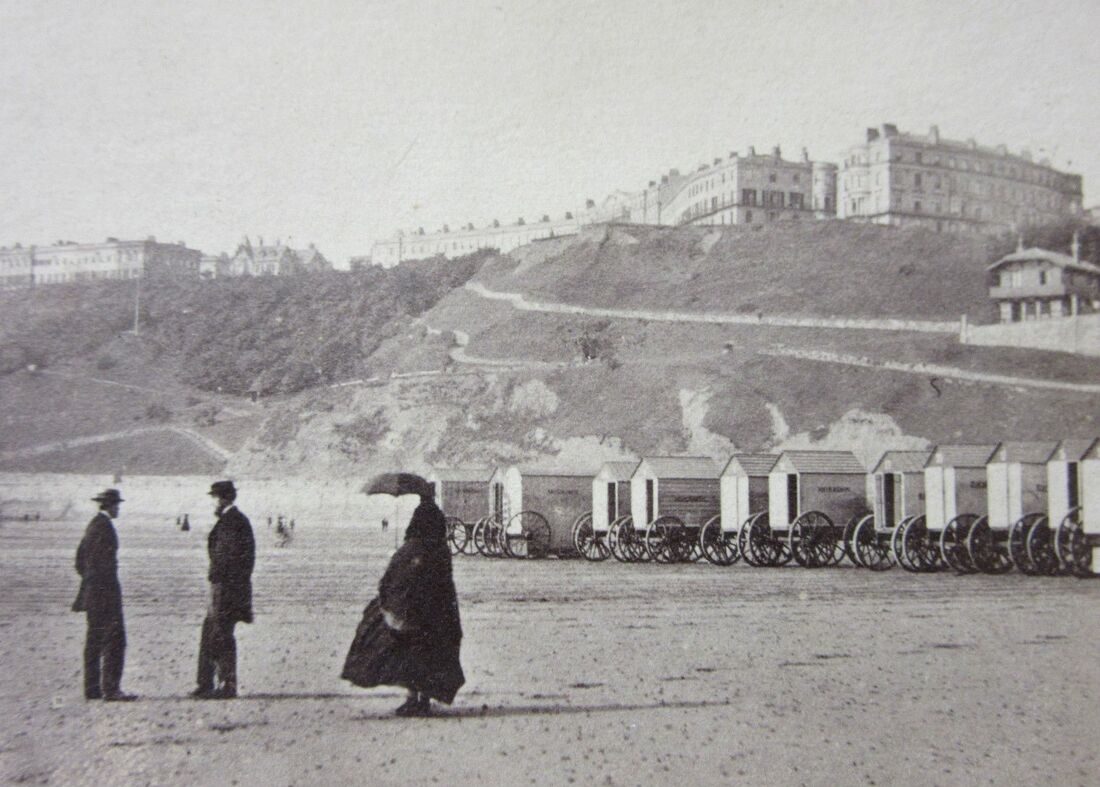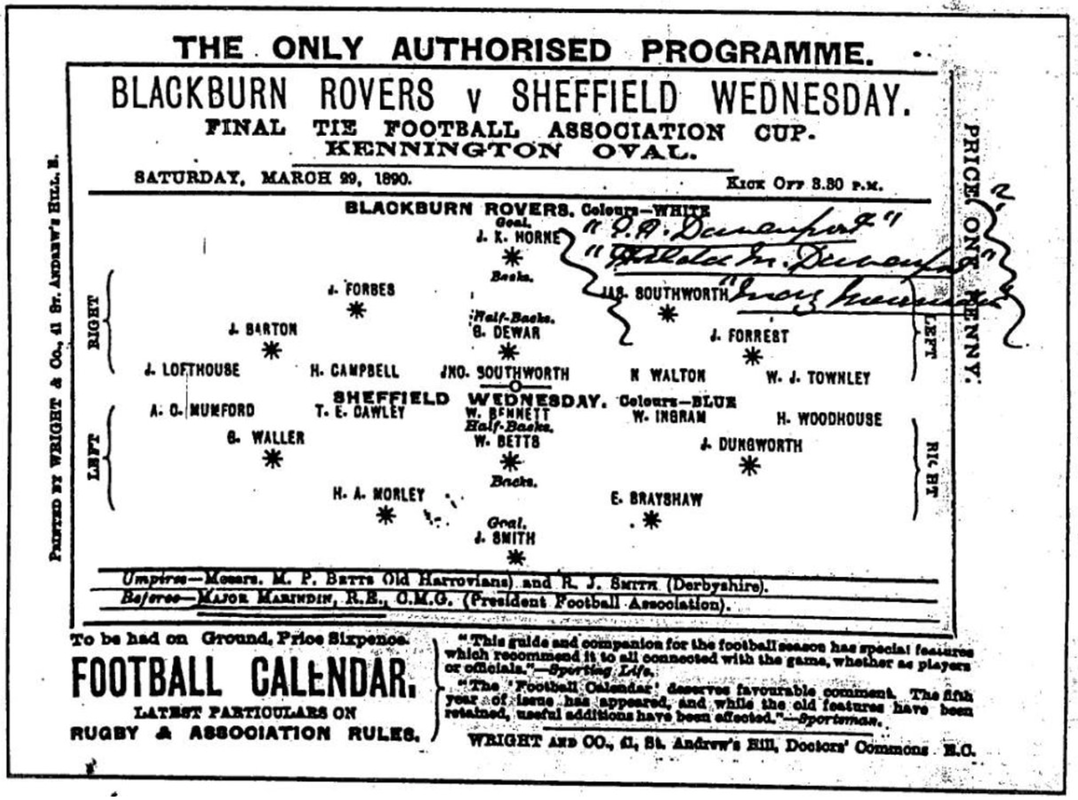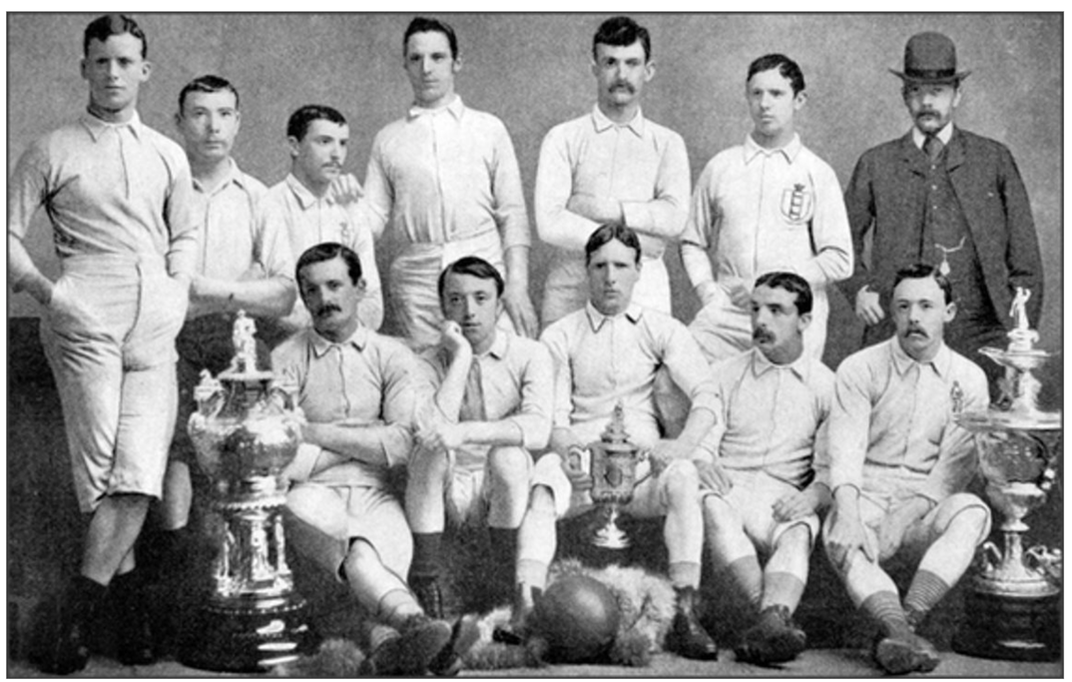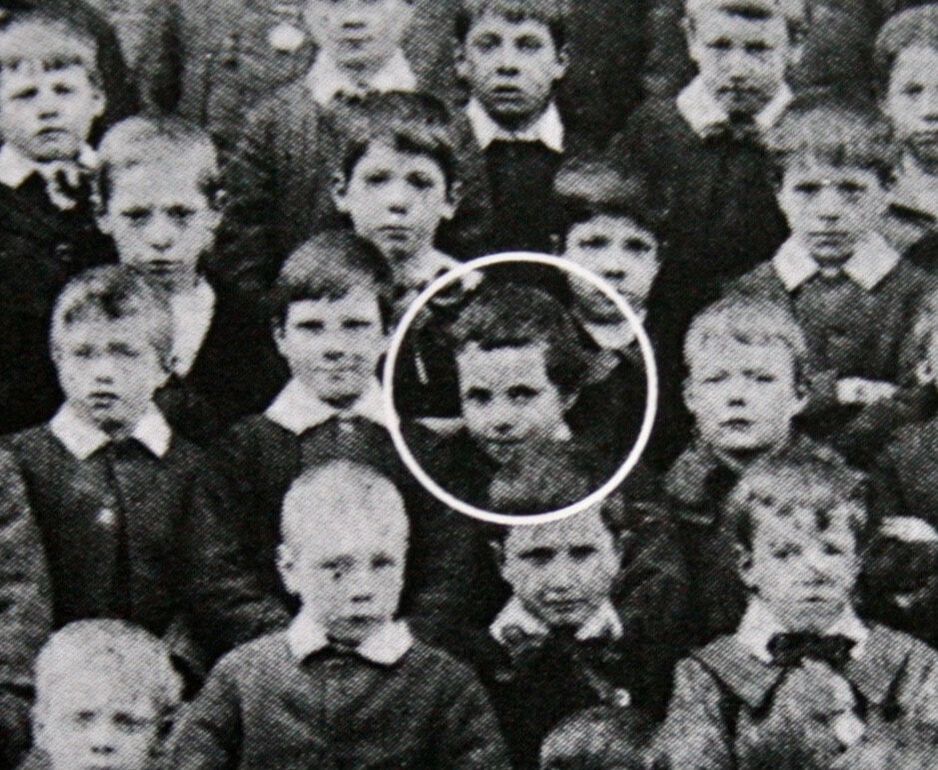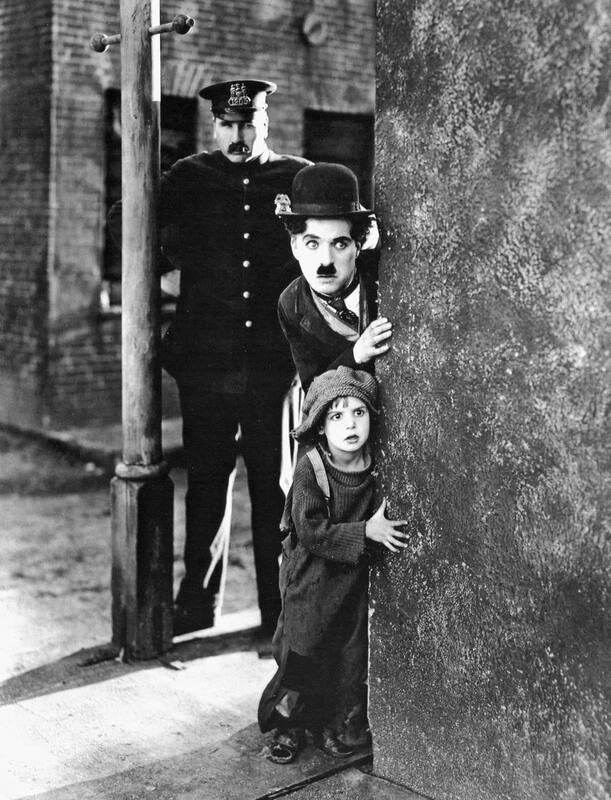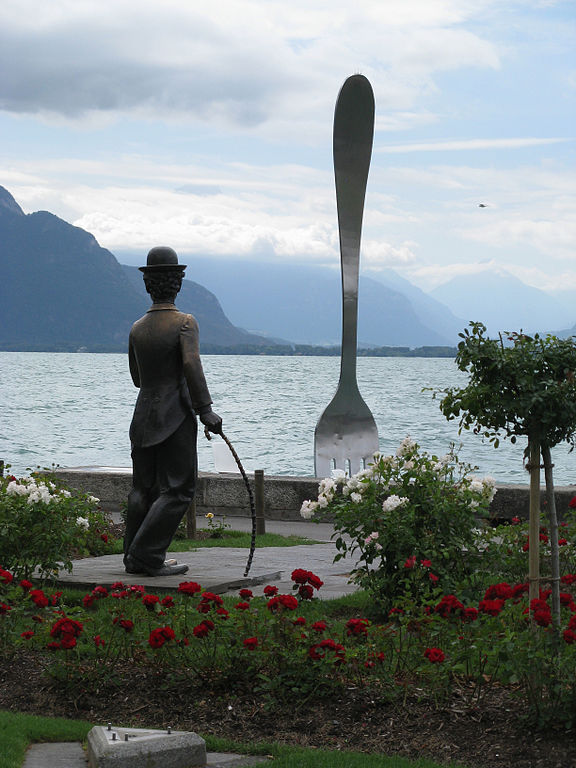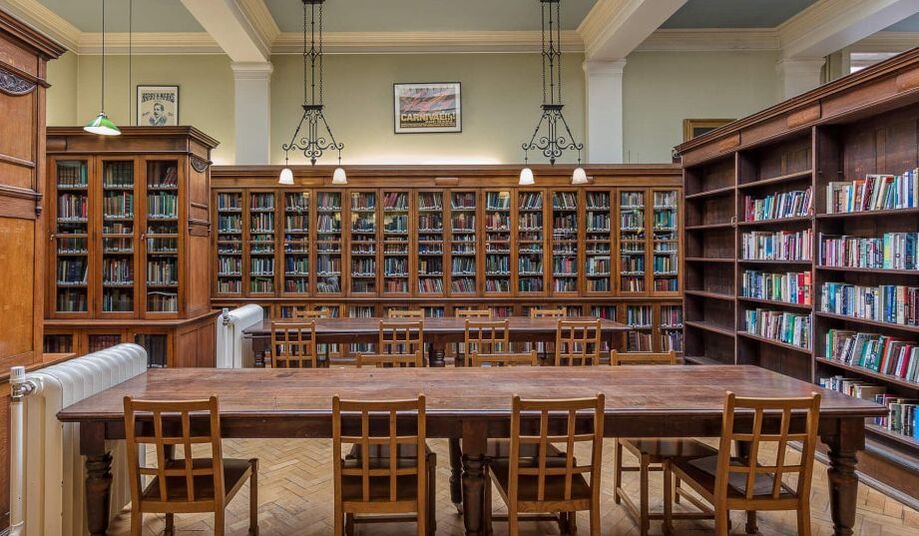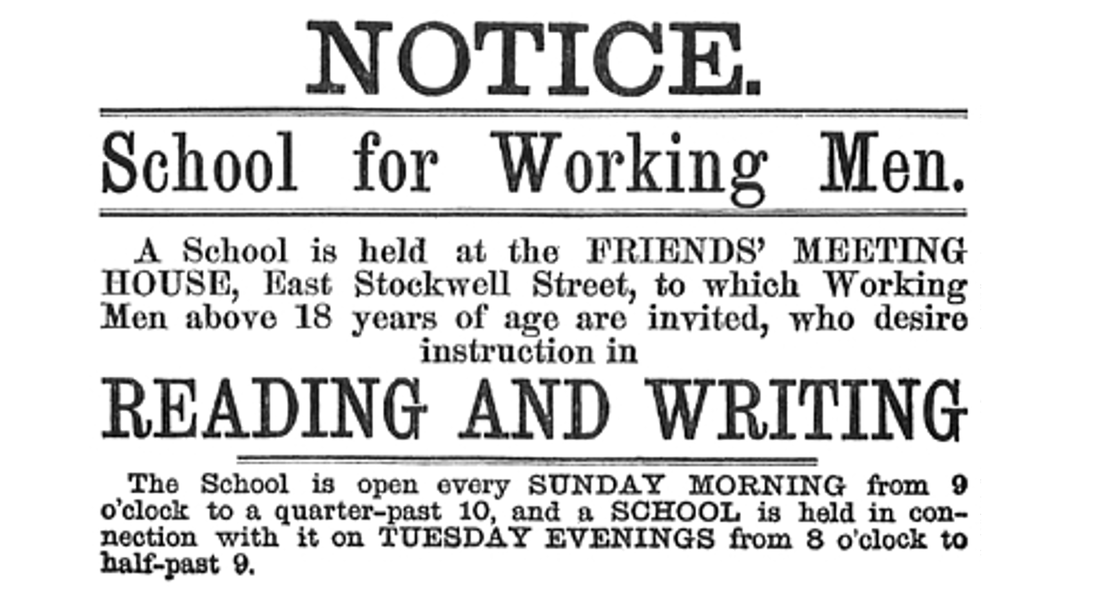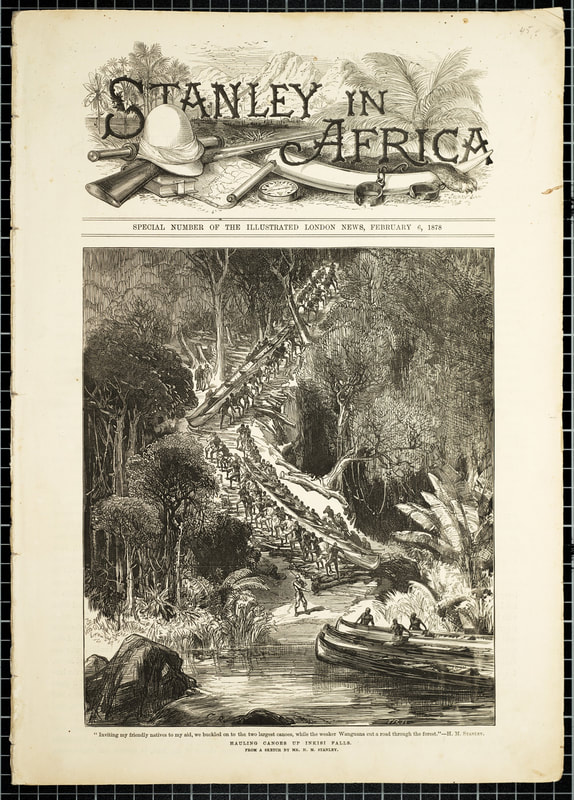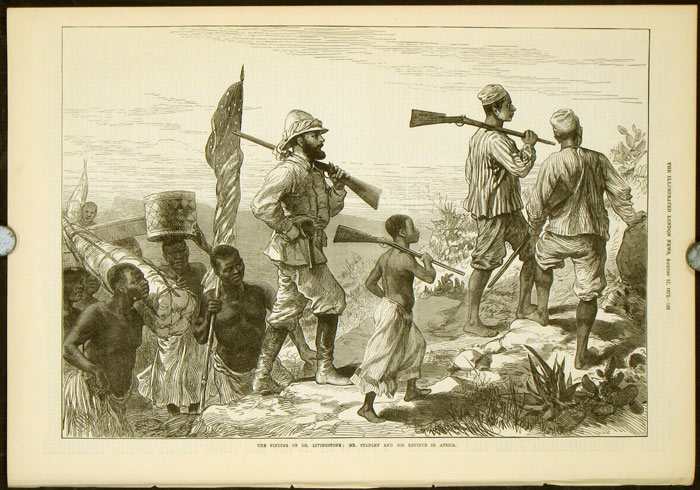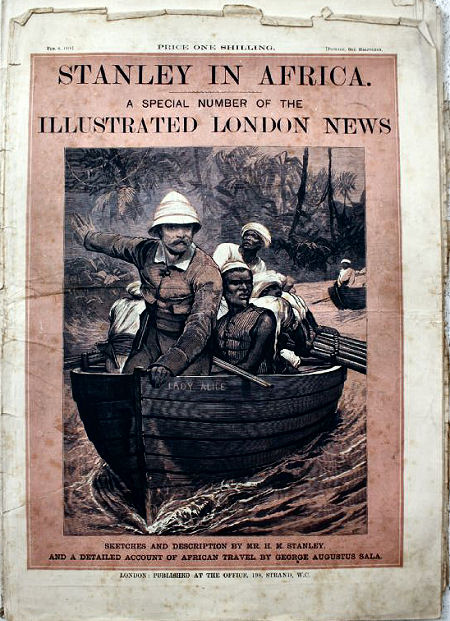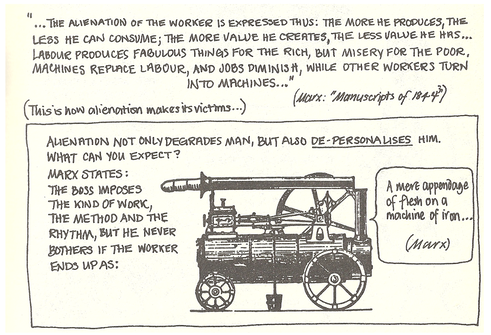Lesson 6 - The cultural consequences of the Industrial Revolution
The word culture is most commonly associated with things like the arts, sports and music, what people choose to do when they are not working or sleeping. But in order to clearly distinguish cultural from social consequences, we can also say that culture consequences refers to the intellectual and spiritual way in which peoples’ internal lives were transformed e.g. how people viewed the world and what they expected from it. These were the human responses to the new social conditions in which people found themselves and they reflected both the difficulties and the opportunities of urban life and industrial work. The most significant cultural developments happened in the final quarter of the 19th century and are associated with what is considered to be the Second Industrial Revolution.
|
The impact of the railways on culture
The railways did not only change the way goods were transported. They changed the way people travelled about the country. Instead of travelling on mail coaches people started to travel by train, which was not only cheaper but also faster. The new trains meant that for the first time, even poor people could travel long distances. The working class started to make day trips to Blackpool (below left), Scarborough (below right), Whitby, Skegness and Brighton. The first industrial holiday resorts - towns largely dependent on tourism - developed the up and down the coast of Britain. |
|
The development of professional football was one of the most important cultural consequences of the industrial revolution. The growth of towns and railways, which provided football with spectators and a means of transport, enabled the working classes to support their local side in their thousands. Money could be made, so stadia were quickly built to accommodate the crowds and the relatively cheap entrance was enough to pay the newly professional players. The 1874 Factory Act restricted the length of the Saturday working day so that after a quick visit to the pub, the football supporters were ready for the kick-off at 15h00. The first national football competition - the FA Cup - began in 1872 and was initially won by southern teams representing the elite English 'public schools' like Eton and the armed forces. But within a decade the competition would be dominated by the new working class clubs representing the towns of the industrial north. Very quickly football followed British industry and it workers around the world (see film below) including Swizerland.
Pubs had always been the main focus point of working-class culture. But with the growth of towns some pubs developed into centres for music and entertainment – music halls. Many famous Hollywood stars began their entertainment careers in the music-halls of working-class England. The most famous and greatest of them all was Charlie Chaplin (below left in a London school in 1897). Born into extreme poverty in London, he ended up as the richest star in the world, moving to Switzerland in 1953.
One of the most significant cultural consequences of the industrial revolution was brought about by a gradual industrialisation of the printing industry. The mass production of high quality paper and the introduction of steam powered, automated printing presses significantly reduced the cost of printing (see film below). The infamous Stamp Act which kept printed materials artificially high - deliberately preventing the spread dangerous popular ideas - was reduced in 1836 and was finally ended in 1855, thus allowing a cheap press. Finally, cheaper the serialisation of books in newspapers and the development of public lending libraries (below) brought literature to the masses.
The railways also meant that national newspapers and letters could be taken anywhere in Britain and delivered the next day. The first mass circulation newspapers were produced in the second half of the 19th century. The growth in their influence directly reflected the rise in literacy rates which in turn resulted from increasingly widespread access to education. A successfully competitive economy now required an education system provided by the state. An 1880 Act of Parliament made education compulsory until the age of ten. Under the Elementary Education (School Attendance) Act 1893 it was increased to 11 and in 1899 the age of 13. Adult education classes also became more commonplace.
Theatres also developed to accommodate the new urban audience. Charles Dickens who had become famous through the serialisation of his books in the newly national newspapers, performed scenes from his books in a different city theatre every night. His great grandson (below) gives you a short introduction into how the books might have been performed. His book A Christmas Carol even helped establish many of the Christmas traditions that continue today.
The industrial revolution also helped create a sense of national identity. People in different parts of the country were able to read the same news about national events or the exploits of the great explorers who expanded the empire. (See images of Stanley below and Matu 6) In general, people’s horizons started to broaden, and their sense of self-consciousness evolved. The traditional focus on the village and family was now joined by a new focus on the nation and class. People began to read the latest national news about Parliament and the debates over social and political reforms that were taking place in London. This led to more and more people becoming interested in politics which in turn led to a growth of political parties as people started to develop their own views how the country should be run. (See next lesson)
Conclusion – ‘Two sides to the story’
As with all change, there were both positive and negative experiences for those who lived through Britain’s urban transformation. On the positive side there were significant advances in literacy and education. There were more opportunities to get an education and more things and reasons to read. Less tangible but also very real was the fact that people in cities were more anonymous and freer. Not only were people free from feudal ties, they were free from customs, traditions, family and neighbours that had controlled behaviour in the past. Towns also improved people’s chances of social mobility. Towns allowed the lucky few to become self-made men. There was money to be made and social classes to rise up into.
As with all change, there were both positive and negative experiences for those who lived through Britain’s urban transformation. On the positive side there were significant advances in literacy and education. There were more opportunities to get an education and more things and reasons to read. Less tangible but also very real was the fact that people in cities were more anonymous and freer. Not only were people free from feudal ties, they were free from customs, traditions, family and neighbours that had controlled behaviour in the past. Towns also improved people’s chances of social mobility. Towns allowed the lucky few to become self-made men. There was money to be made and social classes to rise up into.
|
But there were also negative cultural consequences. Freedom and anonymity also brought a loss of security that comes from family and village support. State support was not yet available, so people often found themselves having to cope (or not) alone.
New job opportunities in industry were usually unskilled and unsatisfying, what Marx would call ‘alienating’ conditions in which man became ‘a mere appendage of a machine’. (See Matu 8 on Marxism and the Russian Revolution) The independence and autonomy of the domestic system were replaced by pressures of work that were continually supervised and timed against the clock and factory hooter. |
Activities
1. Make a revision diagram or table to summarise how football, music halls, newspapers and theatres, were all important cultural consequences of the industrial revolution. Make sure to include examples and dates where possible.
2. Draw up a revision table of positive and negative cultural consequences of the industrial revolution. Look closely at the conclusion to help you think about this.
2. Draw up a revision table of positive and negative cultural consequences of the industrial revolution. Look closely at the conclusion to help you think about this.
|
Extension
This additional film (right) provides another overview - via dramatic reconstruction - of how the cultural lives of the British working class were transformed by the Industrial Revolution. |
|
|
|
|

